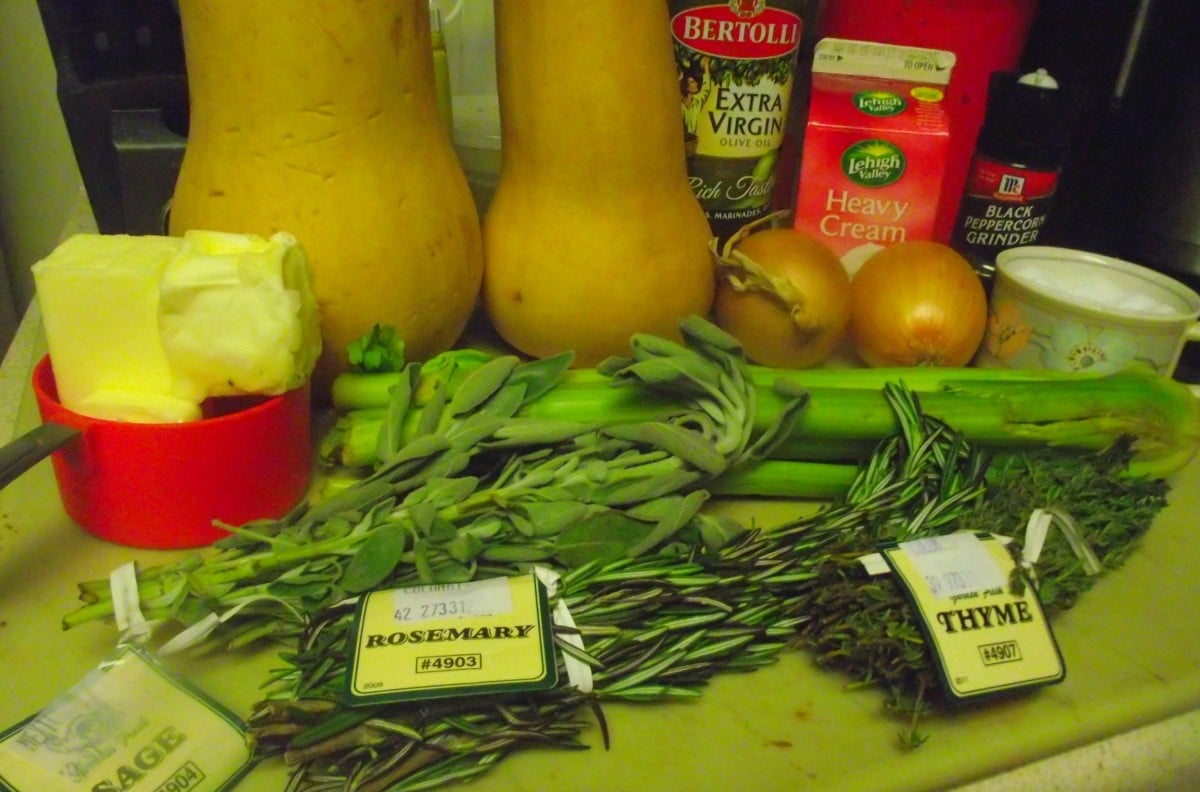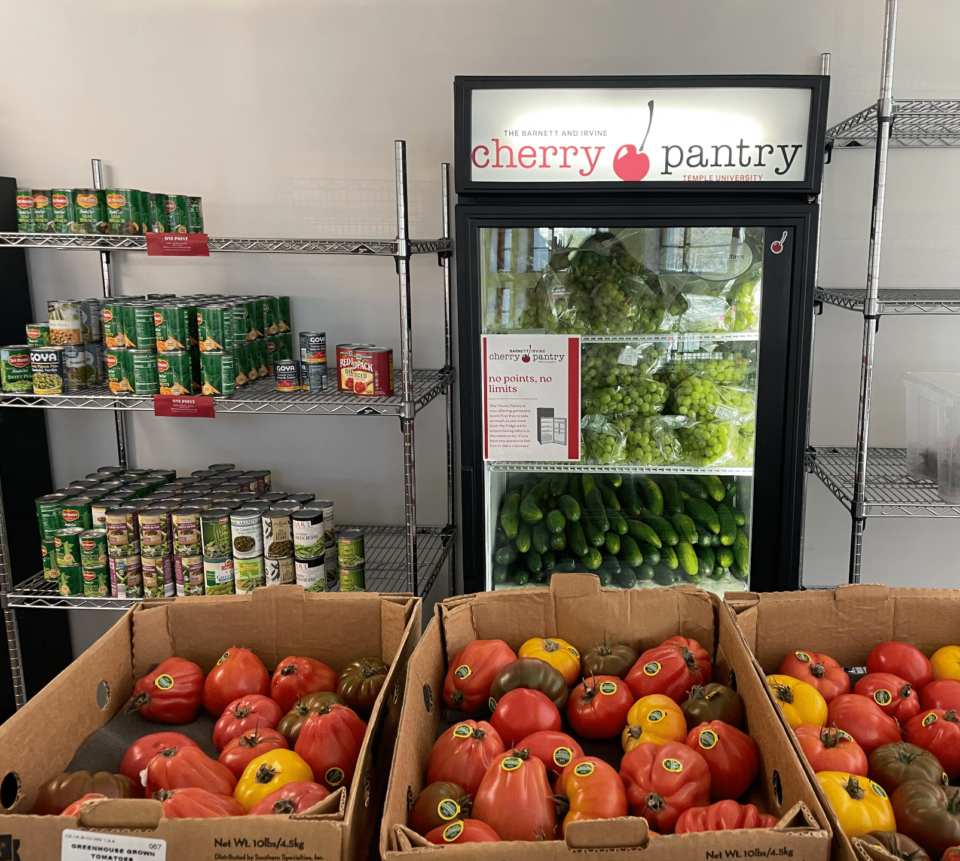The time has come: there is fresh winter produce everywhere, and a classic favorite is available once again. It’s butternut squash season!
This versatile fruit is a member of the gourd family with fall cousins like pumpkin and summer cousins melon and cucumber. Butternut squash is high in dietary fiber, potassium, antioxidants and vitamin B6. These nutrients make butternut squash a superfood, great for the heart, bones and even the immune system.
Even the seeds of this delicious squash are good for you. The seeds are a good source of dietary fiber, protein, minerals and quite a few health-benefiting vitamins. They make a delicious snack when roasted.
The only thing more versatile than butternut squash’s health benefits are its uses. The squash lends itself to roasting, toasting, pureeing, mashing and even baking when sliced down in chip form. One of the most popular methods of preparing butternut squash is a combination of roasting and pureeing to make a sweet, nutty soup.
Although butternut squash is a laborer’s caviar, it also requires careful attention and a good chunk of time. It is perfect for large groups and has been a Thanksgiving tradition for as long as I can remember.
The nutty sweetness appeals to children, while the health benefits are a plus for any adult, and who doesn’t love a bit of cream?
Butternut Squash Soup
Ingredients
- 2 medium (2 lb) butternut squash
- 2 tbsp rosemary, coarsely chopped
- 2 tbsp thyme, coarsely chopped
- 2 tbsp sage, coarsely chopped
- 1½ cup butter
- 2 medium onions, small dice
- 6 stalks celery, small dice
- 1½ pint heavy cream
- 2 quarts chicken stock
Method
- Peel, seed and dice butternut squash. Reserve seeds.
- In double boiler, clarify butter. Transfer to sauce pan and brown.
- Toss squash, onions, celery, herbs and butter. Transfer to large roasting pan.
- Cover with chicken stock. Roast at 375° F until soft, about two hours.
- Meanwhile, clean reserved seeds and toss with olive oil, salt and pepper.
- Remove squash and reduce oven to 250° F to roast seeds for 45 minutes.
- Meanwhile, puree squash mixture. Test consistency. If not nappe, add water.
- Begin to heat heavy cream to 165° F.
- Strain squash puree through fine chinois.
- Stir in hot cream.
- Garnish with roasted seeds and serve hot.
After a friend mentioned that she had access to a large amount of produce with no idea what to do with it, I was immediately interested and assured her that if it found its way into my kitchen, it would not go to waste.
 When she showed up with butternut squash, I was ecstatic. Butternut squash soup is an old favorite, and I was thrilled at the chance to make some from a local source. These squash were from Lancaster Farm Fresh Cooperative, a group of certified organic farmers that participates in a Community Supported Agriculture (CSA) program that allows members to have year-round access to fresh, local, organic produce.
When she showed up with butternut squash, I was ecstatic. Butternut squash soup is an old favorite, and I was thrilled at the chance to make some from a local source. These squash were from Lancaster Farm Fresh Cooperative, a group of certified organic farmers that participates in a Community Supported Agriculture (CSA) program that allows members to have year-round access to fresh, local, organic produce.
With butternut squash in hand, the rest of my ingredients totaled less than $10. Of historical interest, butternut squash became popular in Europe when Christopher Columbus brought it back from America and people discovered the hearty squash was inexpensive to grow; many butternut squash dishes are simple peasant fare.
With my ingredients in tow, I got down to cooking. Although butternut squash soup is very simple, it does take a long time to do right. I began by chopping herbs, peeling, seeding and dicing my squash, and dicing my celery and onions. When I was scooping out the squash seeds, I was sure to put them off to the side and not throw them out: they had a big role yet to play
Next, it was time to make clarified butter. This is another simple but timely procedure. I began by making a double boiler, which is a pot of boiling water with a smaller metal bowl nestled over top. This creates indirect heat, which is less harsh on delicate foods, like dairy products, and allows them to melt without burning.
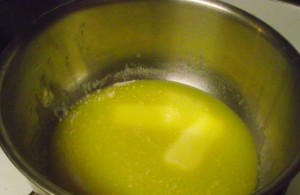 Once the butter was melted, I scooped away all the milk solids that had gathered. The milk solids are the part of the butter that will burn, and it shows up when melted as a white film. With the milk solids removed, I transferred my clarified butter into a saucepan and browned it over a medium-low heat until it achieved a golden brown color and began to give off a nutty smell.
Once the butter was melted, I scooped away all the milk solids that had gathered. The milk solids are the part of the butter that will burn, and it shows up when melted as a white film. With the milk solids removed, I transferred my clarified butter into a saucepan and browned it over a medium-low heat until it achieved a golden brown color and began to give off a nutty smell.
I then tossed my squash, onions, celery and herbs in the clarified butter and put the entire mixture in a large hotel pan, pouring in enough chicken stock to just cover the squash. I put it in my preheated 375° F oven, where it remained for about two hours.
While my squash roasted, I rinsed off my reserved seeds, dried them in a dish towel and tossed them with olive oil, salt and white pepper on a whim. I was using a French recipe and classic French techniques, so why not use a little French-inspired white pepper?
After my squash was soft to the touch, I reduced my oven temperature to 250° F to roast off my seeds. While they crisped up, I pureed my squash. I used a Ninja blender, as blenders will give you the most even puree, but a Cuisinart or emulsion blender work as well.
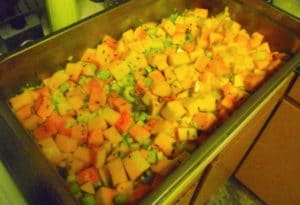 It is important that the puree is able to coat a spoon evenly, which is called nappe. If the puree is not nappe consistency, you can add water or a basic flour and butter roux to thin or thicken as needed.
It is important that the puree is able to coat a spoon evenly, which is called nappe. If the puree is not nappe consistency, you can add water or a basic flour and butter roux to thin or thicken as needed.
I also broke out my double boiler again to begin heating up my heavy cream. This is another important step as it is possible for the cream to curdle if it is cold when added to the hot soup. You want your cream to be about 165° F.
Then, I began the part of soup making that most home cooks don’t know about. This is what separates a great soup from a phenomenal experience. It is also the most laborious and time-consuming part of the process. It was time to strain the soup.
Using a fine chinois, I pushed my puree through with a large metal spoon to get all the flavor and none of the pulp. Once I had everything strained, I stirred in my warmed heavy cream.
The straining process was time consuming as I couldn’t pass all of my puree through the strainer at one time, so by the time I had added my heavy cream my seeds were done roasting. Finally, all my work had come together and my soup was ready to eat.
I chose a classic soup crock and garnished my soup with my roasted seeds and some fresh sage to enjoy the fruits of my labor. The smooth, creamy, nutritious, delicious soup was well worth the wait, and provided me with enough to host a party of 10.
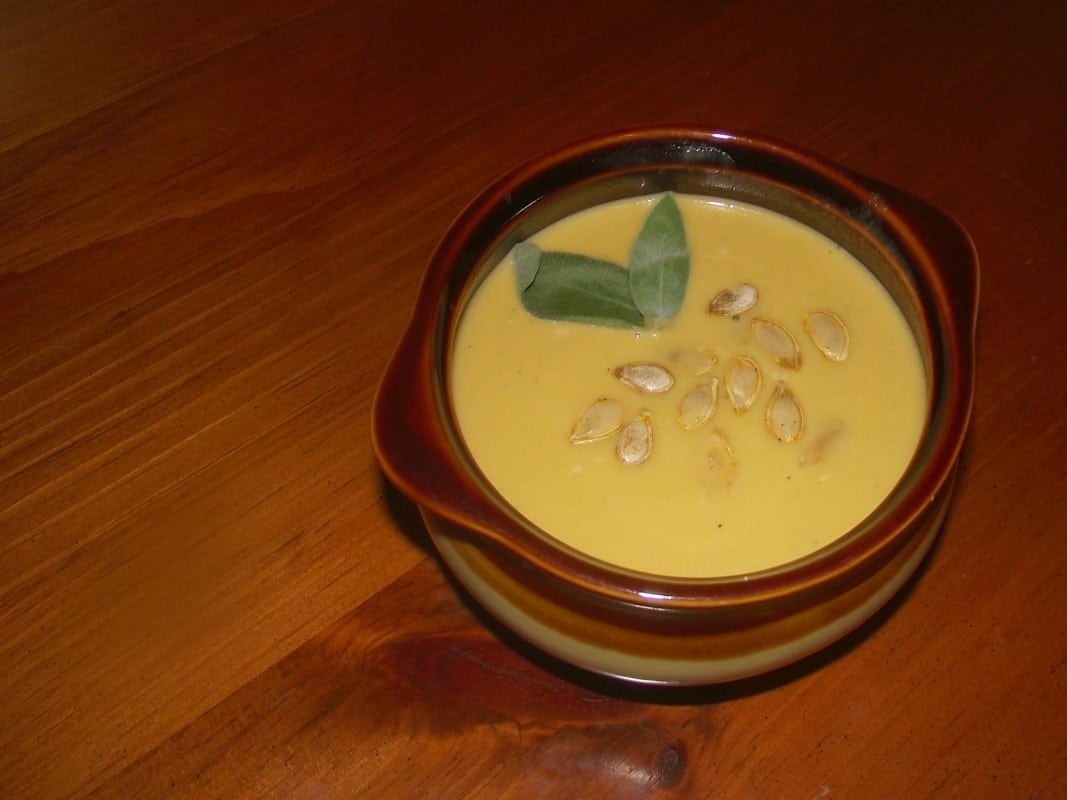 Butternut squash is, without a doubt, an amazing ingredient. It has been a staple in my home for as long as memory permits. Why not invite it into your home?
Butternut squash is, without a doubt, an amazing ingredient. It has been a staple in my home for as long as memory permits. Why not invite it into your home?
- Photos: Christy Gilpatrick
